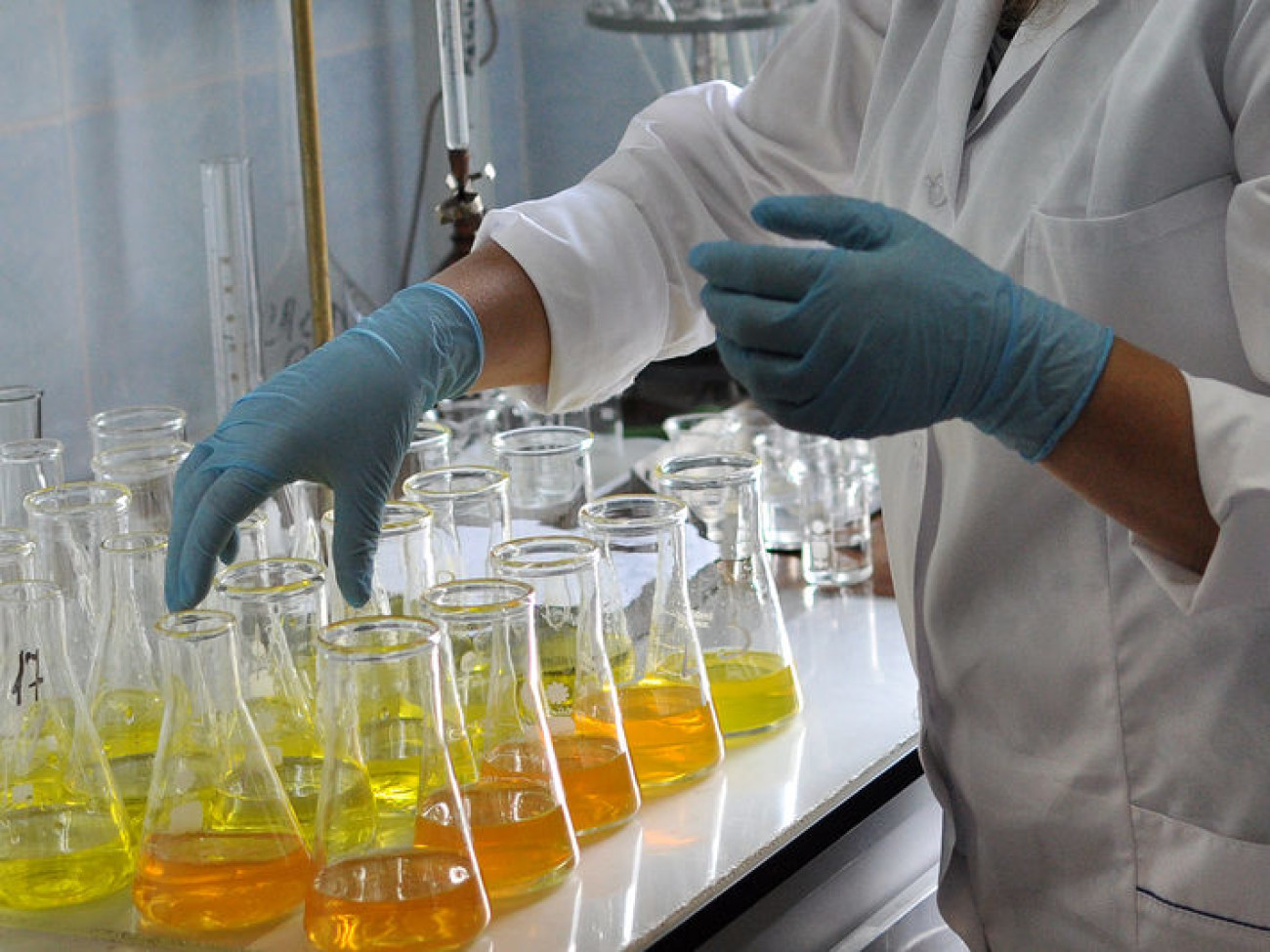Common water quality organic matter pollution indicators and relationships
发布时间:2021/4/19 10:07:55 来源:贯奥仪器仪表 作者:便携式多参数水质分析仪器 阅读次数:13
In water quality testing, COD, BOD, TOC, TOD, etc. are commonly used indicators for the detection of organic compounds. Organic pollution in water generally refers to the deterioration of water quality caused by hydrocarbons and their derivatives. It can be roughly divided into toxic substances such as phenols, petroleum, aromatic hydrocarbons, polycyclic aromatic hydrocarbons, nitrobenzenes, pesticides, and surfactants, as well as humic substances, polysaccharides, proteins and peptides. Most of these substances require a lot of oxygen when they are degraded, so they will endanger the growth of plants and animals in the water.
In our daily routine, we can use the detection of COD, BOD, TOC, TOD and other indicators to judge the pollution of organic compounds in the water. But there are many people who want to understand the relationship and differences between the four. Today we will explain it.

Relations and differences of water quality organic matter pollution indicators
In fact, the difference in comprehensive indicators such as COD, BOD, TOC and TOD is only in the different oxidation methods. COD refers to the amount of dissolved oxygen consumed by chemical oxidants to reduce water samples, and it reflects the degree of water pollution by reducing substances. BOD refers to the amount of dissolved oxygen consumed by the biochemical process of organic matter in the decomposition of certain oxidizable substances in water by microorganisms under aerobic conditions. TOC refers to the total amount of organic matter in water expressed as 5 carbon content. TOD refers to the amount of oxygen required for organic substances to become stable oxides during combustion. Among them, TOD can reflect the amount of oxygen required when almost all organic substances become CO2, H2O, NO, P2O5, and SO2 after combustion, which is closer to the theoretical oxygen demand value than BOD and COD.
1. Comparison between CODcr and CODMn
For the same water sample, CODcr= kCODMn+b
1.5<k<4.0, between different types of water samples, the correlation between CODcr and CODMn is difficult to determine, and the comparability is also poor.
2. Comparison between CODcr, CODMn, BOD
Generally: CODcr>BOD20>BOD5>CODMn
3. Comparison between TOC and TOD
TOC reflects only the carbon content of organic matter, and TOD reflects almost all organic matter. According to the ratio of TOD to TOC, the types of organic matter in water can be roughly determined.
4. Comparison between TOC, TOD and COD, BOD
Because the combustion method is used to determine TOC and TOD, it can oxidize almost all organic matter, which oxidizes more thoroughly than COD and BOD5. Therefore, TOC and TOD can directly represent the total amount of organic matter in the water.
The measurement of TOC and TOD is not affected by many factors like the measurement of COD and BOD, and there is less interference. As long as a very small amount of water sample (usually only 20ul) is used, the measurement result can be obtained in a short time (a few minutes).
The BOD5/COD ratio is significantly lower. When the ratio is lower than 0.2, or even as low as 0.1 or below, in addition to the influence of chemical toxic substances or antibiotics, the most common reasons are pH and free chlorine, etc., the former can occur in The pH value of the water sample has not been adjusted to 7, or the pH value of the dilution water (inoculation dilution water) has not reached 7.2, the latter such as bleaching powder disinfectants. In order to avoid mistakes, in the BOD measurement process, the pH value of the water sample and dilution water is measured and adjusted, as well as the presence or absence of an oxidant, as a routine detection step.
